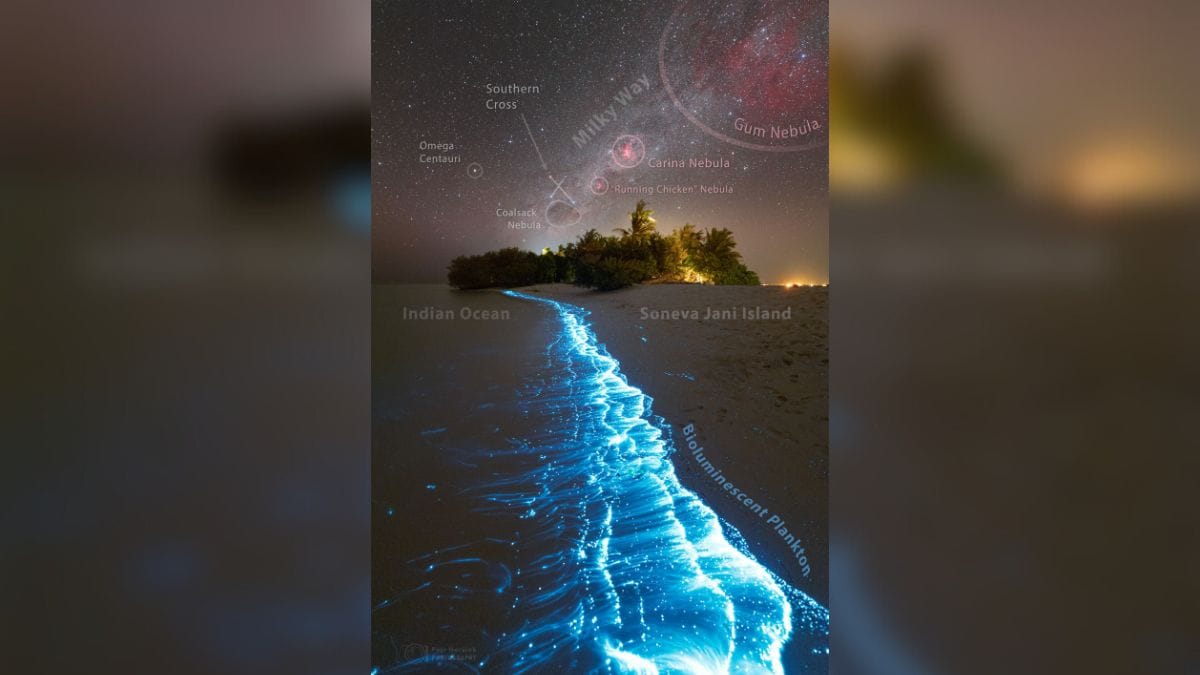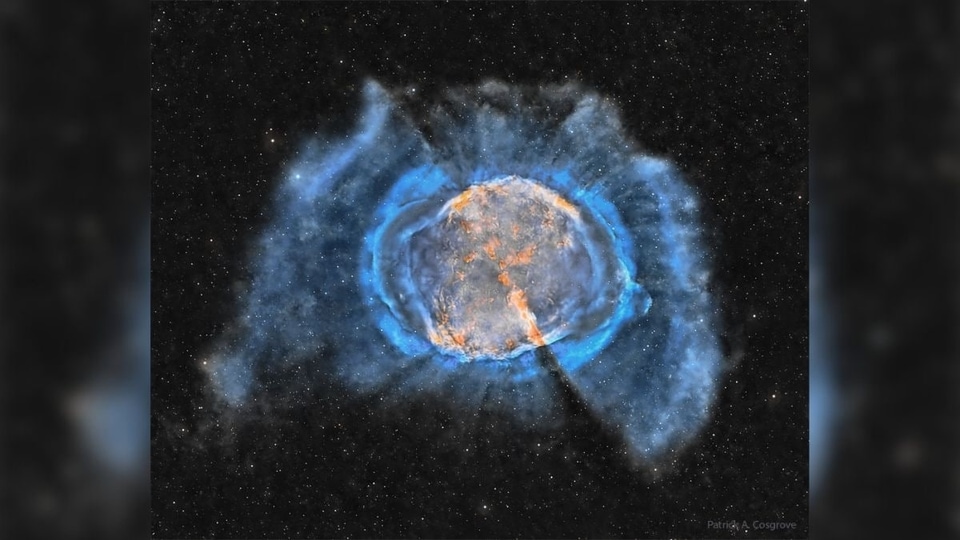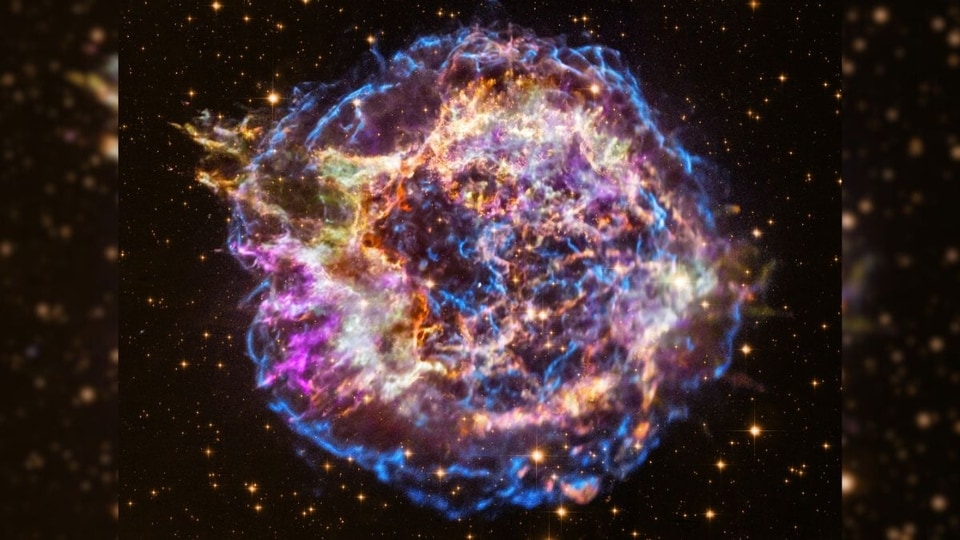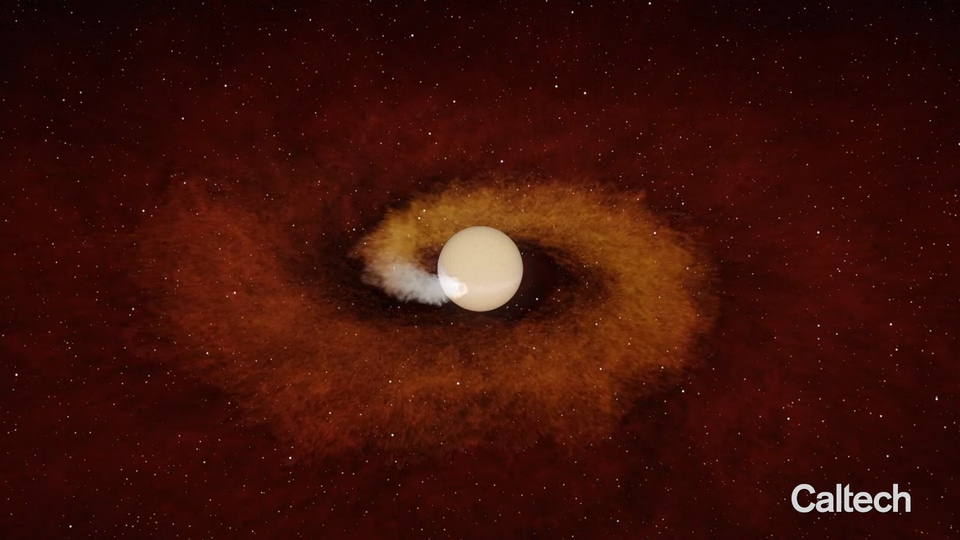NASA Astronomy Picture of the Day 6 June 2023: Planet destroyed by a star
Today’s NASA Astronomy Picture of the Day is an animated illustration of the Sun-like star ZTF SLRN-2020 engulfing one of its own planets.






 View all Images
View all ImagesStars are fueled by the nuclear fusion of hydrogen to form helium deep in their interiors. While most stars live for billions of years, it is known that the bigger the star, the shorter its lifespan. When a star runs out of fuel, its core collapses, crushing together every proton and electron into a neutron. This resulted in the creation of the densest object known to man, a Neutron star – an object with the mass of a sun squished down to the size of a city, as per NASA. While this is how a star dies, these objects are rarely known to be the cause behind the end of the world, but that changed with the 2020 event.
Today's NASA Astronomy Picture of the Day is an animated illustration of the Sun-like star ZTF SLRN-2020 engulfing one of its own planets. While planets are known to meet their end by collapsing into the star they orbit, the phenomenon was witnessed first time directly during the 2020 event when a planet collapsed into the ZTF SLRN-2020 star. According to NASA, ZTF SLRN-2020 is located about 12000 light-years away from Earth, towards the constellation of Aquila.
This awesome illustration was created by K. Miller and R. Hurt of the Infrared Processing and Analysis Center (IPAC) at the California Institute of Technology, popularly known as Caltech.
NASA's description of the picture
It's the end of a world as we know it. Specifically, the Sun-like star ZTF SLRN-2020 was seen eating one of its own planets. Although many a planet eventually dies by spiraling into their central star, the 2020 event, involving a Jupiter-like planet, was the first time it was seen directly. The star ZTF SLRN-2020 lies about 12,000 light years from the Sun toward the constellation of the Eagle (Aquila). In the featured animated illustration of the incident, the gas planet's atmosphere is first pictured being stripped away as it skims along the outskirts of the attracting star.
Some of the planet's gas is absorbed into the star's atmosphere, while other gas is expelled into space. By the video's end, the planet is completely engulfed and falls into the star's center, causing the star's outer atmosphere to briefly expand, heat up, and brighten. One day, about eight billion years from now, planet Earth may spiral into our Sun.
Catch all the Latest Tech News, Mobile News, Laptop News, Gaming news, Wearables News , How To News, also keep up with us on Whatsapp channel,Twitter, Facebook, Google News, and Instagram. For our latest videos, subscribe to our YouTube channel.
































